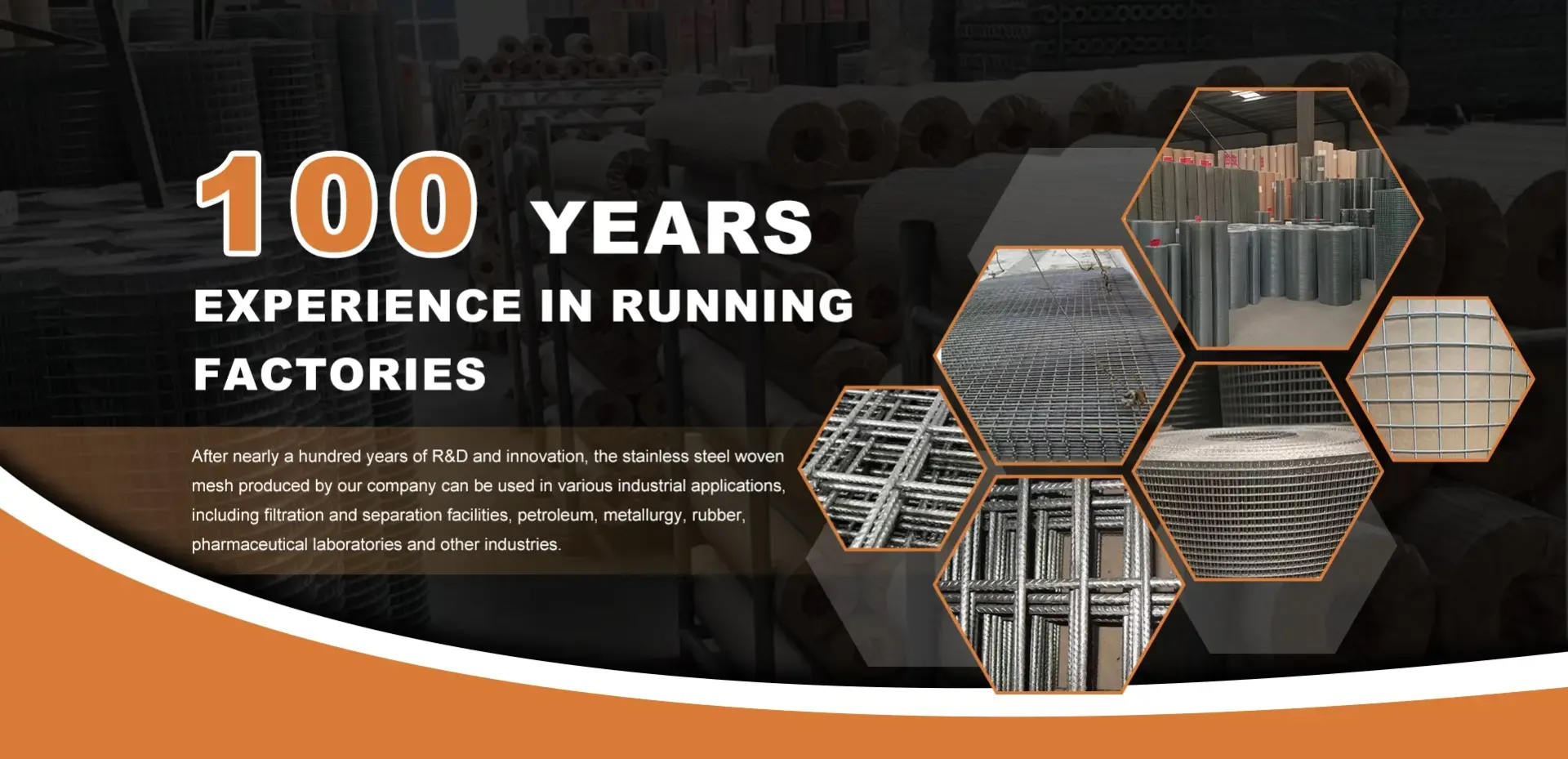-
 Afrikaans
Afrikaans -
 Albanian
Albanian -
 Amharic
Amharic -
 Arabic
Arabic -
 Armenian
Armenian -
 Azerbaijani
Azerbaijani -
 Basque
Basque -
 Belarusian
Belarusian -
 Bengali
Bengali -
 Bosnian
Bosnian -
 Bulgarian
Bulgarian -
 Catalan
Catalan -
 Cebuano
Cebuano -
 China
China -
 Corsican
Corsican -
 Croatian
Croatian -
 Czech
Czech -
 Danish
Danish -
 Dutch
Dutch -
 English
English -
 Esperanto
Esperanto -
 Estonian
Estonian -
 Finnish
Finnish -
 French
French -
 Frisian
Frisian -
 Galician
Galician -
 Georgian
Georgian -
 German
German -
 Greek
Greek -
 Gujarati
Gujarati -
 Haitian Creole
Haitian Creole -
 hausa
hausa -
 hawaiian
hawaiian -
 Hebrew
Hebrew -
 Hindi
Hindi -
 Miao
Miao -
 Hungarian
Hungarian -
 Icelandic
Icelandic -
 igbo
igbo -
 Indonesian
Indonesian -
 irish
irish -
 Italian
Italian -
 Japanese
Japanese -
 Javanese
Javanese -
 Kannada
Kannada -
 kazakh
kazakh -
 Khmer
Khmer -
 Rwandese
Rwandese -
 Korean
Korean -
 Kurdish
Kurdish -
 Kyrgyz
Kyrgyz -
 Lao
Lao -
 Latin
Latin -
 Latvian
Latvian -
 Lithuanian
Lithuanian -
 Luxembourgish
Luxembourgish -
 Macedonian
Macedonian -
 Malgashi
Malgashi -
 Malay
Malay -
 Malayalam
Malayalam -
 Maltese
Maltese -
 Maori
Maori -
 Marathi
Marathi -
 Mongolian
Mongolian -
 Myanmar
Myanmar -
 Nepali
Nepali -
 Norwegian
Norwegian -
 Norwegian
Norwegian -
 Occitan
Occitan -
 Pashto
Pashto -
 Persian
Persian -
 Polish
Polish -
 Portuguese
Portuguese -
 Punjabi
Punjabi -
 Romanian
Romanian -
 Russian
Russian -
 Samoan
Samoan -
 Scottish Gaelic
Scottish Gaelic -
 Serbian
Serbian -
 Sesotho
Sesotho -
 Shona
Shona -
 Sindhi
Sindhi -
 Sinhala
Sinhala -
 Slovak
Slovak -
 Slovenian
Slovenian -
 Somali
Somali -
 Spanish
Spanish -
 Sundanese
Sundanese -
 Swahili
Swahili -
 Swedish
Swedish -
 Tagalog
Tagalog -
 Tajik
Tajik -
 Tamil
Tamil -
 Tatar
Tatar -
 Telugu
Telugu -
 Thai
Thai -
 Turkish
Turkish -
 Turkmen
Turkmen -
 Ukrainian
Ukrainian -
 Urdu
Urdu -
 Uighur
Uighur -
 Uzbek
Uzbek -
 Vietnamese
Vietnamese -
 Welsh
Welsh -
 Bantu
Bantu -
 Yiddish
Yiddish -
 Yoruba
Yoruba -
 Zulu
Zulu
dust netting
The Importance of Dust Netting in Modern Construction
In the realm of modern construction and environmental management, the term dust netting is gaining significant importance. Dust netting, also known as dust control netting or builder’s netting, serves a crucial role in managing airborne dust particulates during construction activities, demolition, and renovation projects. This article explores the significance of dust netting, its applications, and its benefits in creating a healthier work environment while minimizing environmental impact.
Understanding Dust Netting
Dust netting is a protective mesh material primarily designed to capture dust particles and prevent them from escaping into the surrounding environment. Typically made from high-density polyethylene or similar materials, dust netting is lightweight yet durable, capable of withstanding adverse weather conditions. The mesh is designed to be permeable enough to allow airflow while effectively trapping larger particulate matter.
Applications of Dust Netting
The applications of dust netting are widespread across various construction domains. It is commonly used on construction sites, scaffolding, and temporary enclosures. When a building is undergoing demolition or renovation, dust netting is essential to contain harmful dust particles that can negatively affect air quality and pose health risks to workers and nearby residents.
Moreover, dust netting is invaluable in urban areas where construction is prevalent
. By using this netting, contractors can prevent dust from dispersing into the atmosphere, aiding cities in maintaining clean air standards and reducing complaints from the community.Benefits of Dust Netting
dust netting

1. Health Protection One of the primary advantages of dust netting is its contribution to health and safety. Construction workers are often exposed to hazardous dust, which can lead to respiratory problems, skin irritation, and other health issues. Dust netting helps mitigate these risks, ensuring a safer working environment.
2. Environmental Responsibility In today's world, environmental sustainability is a priority. Dust netting plays a significant role in minimizing dust pollution, which can have detrimental effects on air quality and can contribute to environmental degradation. By containing dust, construction projects can operate more responsibly, aligning with sustainability goals.
3. Compliance with Regulations Many regions have stringent regulations regarding air quality and dust control, especially in urban settings. Utilizing dust netting helps contractors comply with these regulations, avoiding potential fines and legal complications.
4. Improved Work Conditions Installing dust netting can lead to improved visibility on construction sites by reducing airborne dust. This visibility is crucial for the safety of workers and the efficiency of operations. Additionally, a cleaner work site promotes better morale among workers.
5. Cost-Effectiveness While some may view dust netting as an added expense, it can actually save costs in the long run. By preventing dust from spreading, contractors can reduce clean-up costs and avoid penalties associated with air quality violations. Furthermore, protecting equipment and machinery from dust can extend their lifespan, leading to additional savings.
Conclusion
In summary, dust netting is an essential component of modern construction practices. Its application helps reduce airborne dust pollution, protecting the health of workers and the community while promoting environmental sustainability. As urban development continues to rise, the implementation of dust netting will become increasingly vital in ensuring that construction activities align with health and safety regulations. By prioritizing dust control measures like dust netting, the construction industry can work towards a cleaner, safer, and more responsible future.
-
Shipping Plastic Bags for Every NeedNewsJul.24,2025
-
Safety Netting: Your Shield in ConstructionNewsJul.24,2025
-
Plastic Mesh Netting for Everyday UseNewsJul.24,2025
-
Nylon Netting for Every UseNewsJul.24,2025
-
Mesh Breeder Box for Fish TanksNewsJul.24,2025
-
Expanded Steel Mesh Offers Durable VersatilityNewsJul.24,2025











